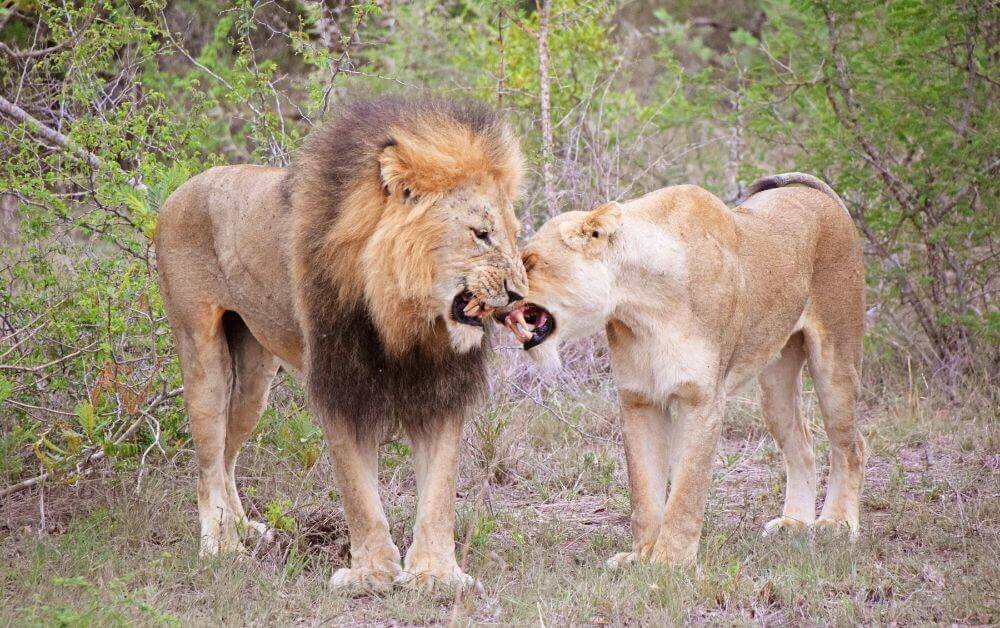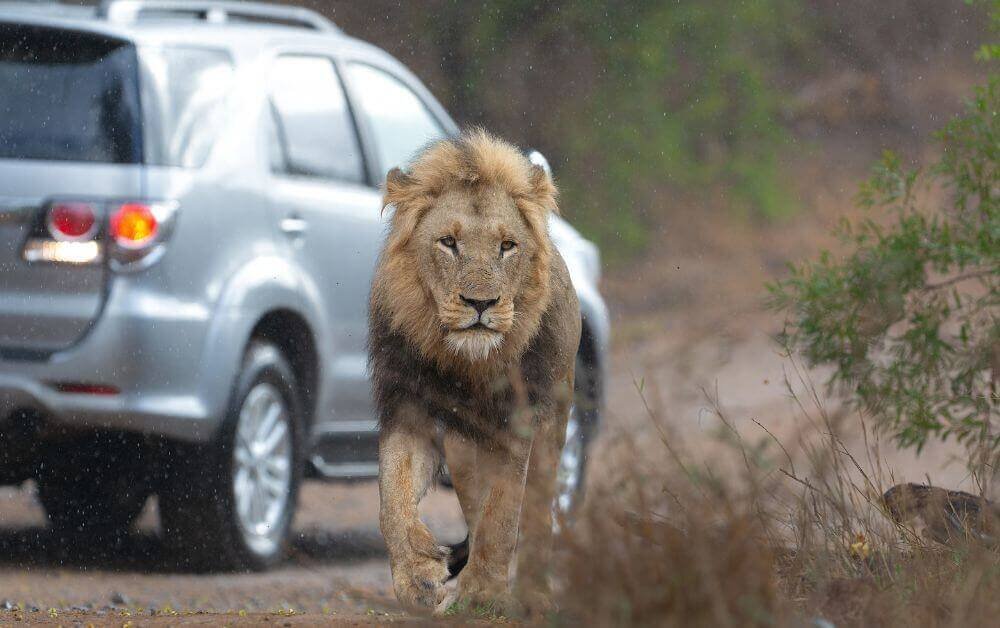South Africa's Wild Side: Top National Parks for Photography
Are you a wildlife enthusiast with a passion for photography, looking to capture the raw beauty of Africa? Then you're in the right place! We're diving into the world of Top National Parks in South Africa, spotlighting incredible locations that promise unforgettable experiences and stunning photo opportunities.
Capture the Essence of Africa: Top National Parks in South Africa for Photography

Kruger National Park: An African Icon
Kruger National Park is one of the world’s greatest wildernesses. At around 20,000 sq km, it is one of the largest national parks in Africa. Kruger National Park, located in South Africa, is a wildlife photography paradise. It is known for its remarkable biodiversity and high concentration of animals. It occupies an area of over 19 thousand square kilometers and presents a great number of wildlife species, including the Big Five – lion, leopard, African elephant, buffalo, and rhinoceros.
Why Kruger?
- Biodiversity Hotspot: Kruger National Park is home to a wide variety of wildlife, including the famed “Big Five”: lions, elephants, buffalo, rhinos, and leopards. You’ll also find giraffes, zebras, cheetahs, wild dogs, and hundreds of bird species.
- Accessible and Well-Developed: Kruger boasts an extensive network of roads, camps, and facilities, making it easy to explore and photograph the park’s diverse landscapes.
- Self-Drive Safaris: Kruger is one of the few national parks in Africa where you can conduct self-drive safaris. This gives you the freedom to explore at your own pace and stop whenever you encounter interesting wildlife.
Tips for Photographing Wildlife in Kruger:
- Best Time to Visit: The dry season (May to September) is ideal for wildlife photography, as the vegetation is thinner, and animals congregate around water sources. Most wildlife photographers prefer to be in the park between September and November, before the first rains arrive.
- Early Morning and Late Afternoon: The golden hours of sunrise and sunset offer the best light for photography.
- Stay in the Park: Staying inside Kruger allows you to be out in the park during the prime hours for wildlife activity.
- Routes: The S100 to S41 to H5 to H1-3 loop near Satara almost always produces Big Cat sightings, and the H10 to S29 loop just north of Lower Sabie is another route that has consistently good sightings.
Addo Elephant National Park: Elephant Paradise
Situated close to the South African coastal city of Port Elizabeth, the Addo Elephant Park is definitely one of the most popular destinations for the lovers of elephants. The park is home to over 600 elephants who roam the park in the wilds hence a paradise for anyone with a special interest in elephants. In addition to elephants, lions, buffaloes and various types of bird are also found in the park. If you want to go for something more special you can go for a night safari to see some animals in the night.
Why Addo?
- Elephant Encounters: The park is a sanctuary for a large population of elephants.
- Diverse Wildlife: In addition to elephants, Addo is home to other wildlife species, including lions, buffaloes, and various bird species.
- Coastal Proximity: Its location near Port Elizabeth makes it easily accessible for travelers.
Pilanesberg National Park
Located in a transition zone between the dry Kalahari and wetter Lowveld, this park benefits from a unique geology which results in a wide assortment of mammals, birds and reptiles.
Why Pilanesberg?
- Geological Beauty: The park’s unique geological formations provide a stunning backdrop for wildlife photography.
- Convenient Location: Pilanesberg is located close to Sun City, making it easily accessible for tourists.
MalaMala Game Reserve
In the heart of the Greater Kruger National Park lying on the boundary of the Sabi Sand Private Game Reserve and the world-famous Kruger National Park, you will find 13,200 hectares (33,000 acres) of some of Africa’s most prime wildlife real estate. MalaMala Game Reserve is one of the largest game reserves in Southern Africa, and draws in the most seasoned safari goers, wildlife photographers, filmmakers to newcomers and enthusiast to its doorstep from around the globe.
Why MalaMala?
- Wildlife Encounters: The leopard is the reserve’s most iconic species.
- Techniques and Creative Expressions: There are lots of techniques to explore such as spotlight photography.
- Opportunities: MalaMala offers opportunities to capture animal behavior.
Ethical Wildlife Photography
No matter where you choose to photograph wildlife, it’s crucial to prioritize ethical practices:
- Respect Wildlife: Never disturb or harass animals for the sake of a photo.
- Maintain a Safe Distance: Use a telephoto lens to capture images from afar.
- Support Conservation: Choose tour operators and guides who are committed to conservation and sustainable tourism.
- Leave No Trace: Pack out everything you pack in and minimize your impact on the environment.
Gear Recommendations for Wildlife Photography
- Camera: A DSLR or mirrorless camera with good image quality and fast autofocus.
- Lenses: A telephoto lens (at least 400mm) is essential for wildlife photography. A wide-angle lens is also useful for landscapes and environmental portraits.
- Tripod: A sturdy tripod is crucial for sharp images, especially when using long lenses.
- Accessories: Extra batteries, memory cards, a camera bag, and rain gear.
Conclusion: Capture South Africa’s Wild Side!
South Africa is full of Top National Parks in South Africa, waiting to be explored. Whether you dream of capturing elephants in Addo, or lions in Kruger, these parks offer unforgettable experiences and stunning images. Pack your bags, grab your camera, and embark on your wildlife photography adventure today!

